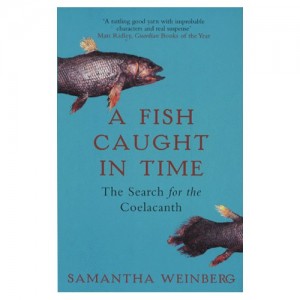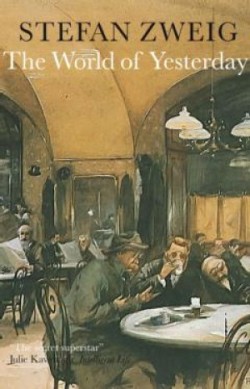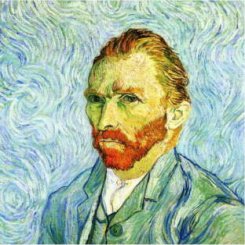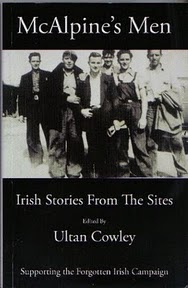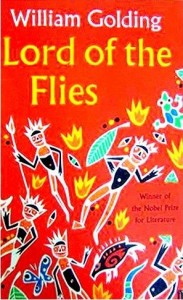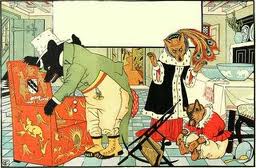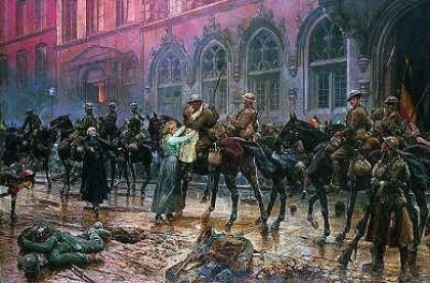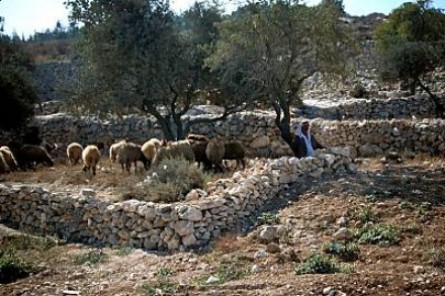UNIVERSITY of PENNSYLVANIA LAW REVIEW (v.140: no. 4, April 1992)
by Justice John Paul Stevens @ www.shakespearefellowship.org
The Oxfordian position on the Shakespeare authorship question is that Edward de Vere, Seventeenth Earl of Oxford, wrote the works attributed to William Shakespeare. This abridged  essay focuses on examples of Shakespeare’s handwriting, whether the author was noble, and, in the context of authorship, does it matter? Edward de Vere’s relationship with Elizabeth I, Lord Burghley and the character of Polonius, the education of Edward de Vere and legal reasoning in the plays are all considered here.
essay focuses on examples of Shakespeare’s handwriting, whether the author was noble, and, in the context of authorship, does it matter? Edward de Vere’s relationship with Elizabeth I, Lord Burghley and the character of Polonius, the education of Edward de Vere and legal reasoning in the plays are all considered here.
U.S. Supreme Court Justice John Paul Stevens was quoted as saying in 1987: “‘I have lingering concerns…. You can’t help but have these gnawing doubts that this great author may perhaps have been someone else…. I would tend to draw the inference that the author of these plays was a nobleman”. Stevens was conditional in his view of the matter, saying, “And I would say, also–perhaps departing from my colleagues–that I am persuaded that, if the author was not the man from Stratford, then there is a high probability that it was Edward de Vere.”
The plays and poems of William Shakespeare, sometimes collectively described as the “Shakespeare Canon,” are perhaps the most stimulating and exciting works in the English language. Canons of statutory construction, in contrast, are probably the dullest materials that law students have to study. For these reasons, this essay includes a mixture of comment on two apparently unrelated subjects: first, the unorthodox view that Edward de Vere, the Seventeenth Earl of Oxford, is the true author of the Shakespeare Canon and, second, the utility of certain canons of statutory construction in the search for truth and justice..


